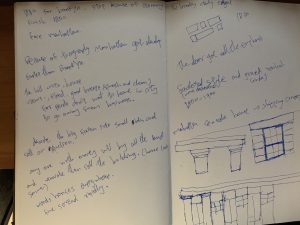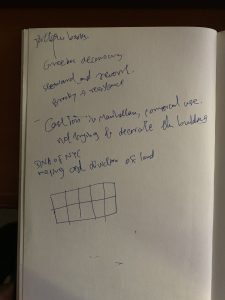As the population increases, the need for open space dramatically increases. The permission to build a big park was approved by the state and started the commission. Because of their unique design, Frederick Law Olmsted and Calvert Vaux won the competition out of the 33 teams. Some of their designs are very notable and some are not.
When people hear about building a big park, many of them favor it. Even though African Americans living in the project area needed to force out of the village, the need for the open space is more important. One group of people who favor the park the most is the rich. The park will divide them away from the poor. The streets will be cleaner and more room for their horses, and most importantly, the value of the property will Skyrock.
When we first enter, we are greeted by a big entrance without an arch. The entrance is very welcoming because of this design. Alone the way, there is a continuous bench on both sides of the path. There are many open fields for people to use. On the way to the fountain, we walk on a big path with trees on the sides. These are a noticeable feature of the parks. The fountain, the man-made lake, and the stream are also easily noticeable. Some unnoticeable feature is the major East-West traffic. The roads are carefully disguised with the landscape. Without the sound of the traffic, we will not realize that we are hovering above the traffic. This design won the commission for Frederick and Calvert. Some of the paths went under the traffic thus creating a tunnel. At the end of the tunnel, we are framed with a nice view of the buildings.
I appreciate the design that went into building the park. It becomes a naturalist park and brings joy to visitors. It gives people a chance to get away from the business city and get closer to the natural world.





Recent Comments